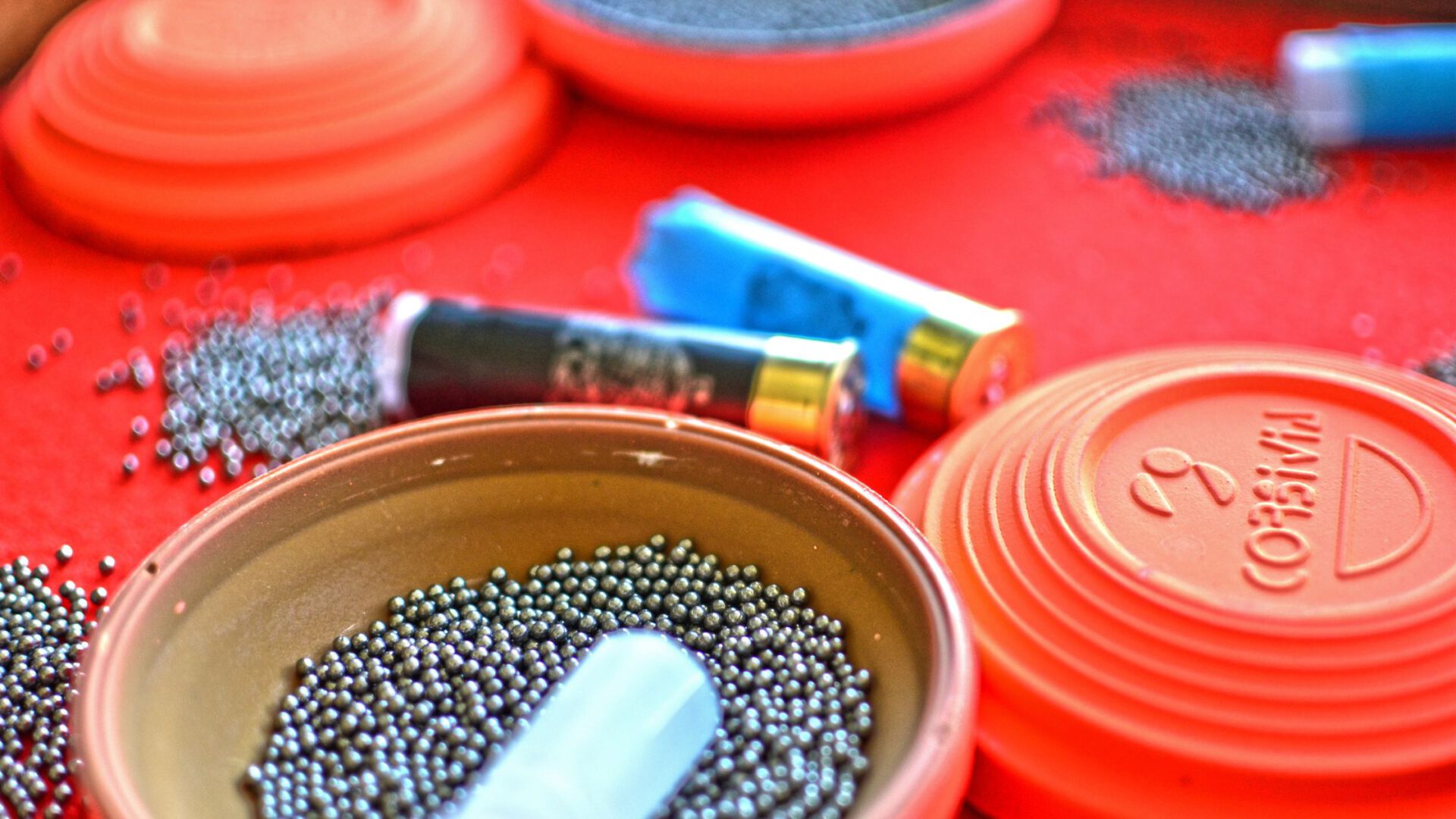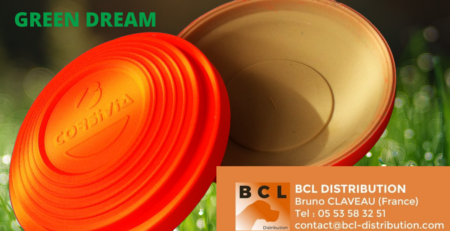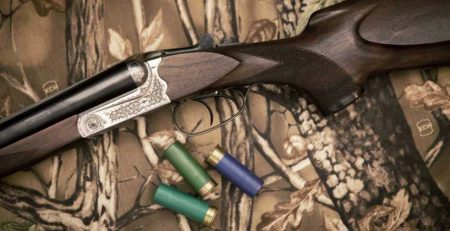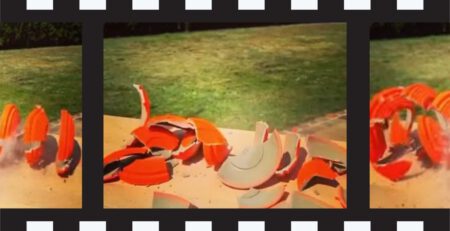HISTORY AND EVOLUTION OF SHOTGUN CARTRIDGES
Just like any other sport, clay target shooting has evolved enormously since it was first invented, a history we took a deep dive into in this blog post.
And, of course, the equipment the sport requires has also changed dramatically.
That includes the cartridges for clay target shooting.
Today we’re going to delve into their history and evolution so that you can learn, first-hand, all the changes that cartridges have been through since they were first introduced way back in the 16th century.
Let’s take a look!
WHAT’S IN A CARTRIDGE?
Before we get into it, let’s first take a look at what a cartridge is.
In reality, a cartridge is nothing more than the load of powder and ammunition, or powder alone, for each round of a shot of a firearm. The shot may be wrapped in paper or canvas or be loaded into a metal tube, called the shell, which can hold only the powder, the powder together with the shot, or both, plus the primer.
TYPES OF CARTRIDGES
There are two main types of cartridges:
● Semimetal or shotgun cartridges. These are designed to use in a smooth-bore weapon. They have four major components, which we will discuss below: the primer, the powder, the wad and the ammunition. The main calibres are 12, 16 and 20 calibres.
● Metal cartridges. These are made entirely of metal. They have only one projectile, which they fire at a high speed that reaches more than 2000 m/s. Due to their multiple uses, there are an infinite number of shells with different calibre bullets, from the small 5.5 mm to other more powerful ones.
WHAT A SHOTGUN CARTRIDGE IS MADE OF
A shotgun or semimetal cartridge has several parts:
● Case and head. The outside of a cartridge is formed by the case and butt. The case is a polyethylene plastic cylinder that encases all the cartridge’s components. This prevents the pellets and powder from coming into contact with the walls of the barrel, which would result in uneven lead shot. At the front end of the cartridge is the head, made from a piece of brass, which is crimped to the plastic tube to make the case.
● The primer is located in the centre of the head and is the first thing you need to produce the shot. The cartridge is ignited (or, in other words, the combustion of the gunpowder is sparked) via pressure from the shotgun’s firing pin, which then launches the projectile or projectiles, either in the form of a bullet or pellets.
● Gunpowder. It tends to come in granular form and, because of its characteristics, should not be stored in damp locations, as dampness prevents its long-term use. It is a chemical component which, when activated by the primer, explodes into a gas at high pressure and causes the pellets to be released from the cartridge. It provides the energy necessary for the projectiles, whether a single large projectile (bullet) or many smaller ones (cartridge with pellets), to be properly fired.
● Explosiveness. There’s a key parameter when it comes to gunpowder: explosiveness. Not all gunpowder can be used with all cartridges, since there are more explosive gunpowder and ones that are less so. A gunpowder will be more explosive the faster it burns and the more sharply the pressure rises (for example, in cartridges for clay pigeon shooting with low grammage) and it will be more progressive, with slower combustion, for hunting cartridges with a high grammage. The ideal gunpowder will be the one that offers an optimum velocity-pressure ratio.
● The wad. The wad is the internal part of the cartridge that separates the gunpowder from the shot, preventing them from coming into contact. It absorbs the initial impact after the explosion, acting as a spring, providing a seal that prevents gas from blowing through the shot rather than propelling the shot out of the shotgun, and contains the shot, preventing them from rubbing against the inner wall of the barrel during firing. A good wad should work as an insulator, preventing the high combustion temperatures from melting the shot, ensuring uniform momentum and velocity. The wad also determines the dispersion of the shot.
● The shot. The entire cartridge is designed to eject the pellets from the barrel of the shotgun. The shot is made up of circular lead pellets. Their quality is determined by how spherical and regularly shaped they are. The main objective with shot is to prevent them from deforming, since only a perfectly spherical pellet will stay on its trajectory. The size of the shot will vary depending on the game you’re hunting.
EVOLUTION OF CARTRIDGES
But this wasn’t always the case.
It wasn’t until around the second half of the 16th century that the first cartridges made of paper appeared.
They are believed to have originated in Spain, where they were called “cachuchos” and were used by the artillery to make it easier to load their rifles. Later, around 1630, the Swedish infantry troops of King Gustavus Adolphus also started using them for their small arms.
This type of cartridge contained only the gunpowder, which forced the shooter to load it in several stages. That is, the powder cartridge had to be loaded first, then the projectile, then the primer, and so on until the gun was ready to fire.
Which mean that opening fire was an extremely slow process.
The most obvious solution was to wrap the projectile together with the powder charge. This didn’t help much, however, because the scoring of the barrel bore meant that a spherical bullet had to be rammed into the gun, sometimes requiring the help of a mallet, which greatly reduced the rate of fire.
To solve this problem, French captain Claude-Étienne Minié designed a cylindrical bullet with a hollow base where a conical piece of wood was inserted, called a cup; when the ball was fired, the cup was forced forward, expanding the base and increasing its calibre.
Later, the English perfected this bullet, which they called the Minié ball, by removing the wood cup.
The use of this new bullet made loading easier with a rate of fire of two or three shots per minute, although it still had to be primed.
It was in 1799 that Edward C. Howard discovered fulminating powder, a gunpowder that could explode or ignite when struck.
Unfortunately, no application was found for it until 1807 when Scottish priest Alexander Forsyth invented the percussion lock for the ignition of gunpowder in firearms.
This idea worked extremely well and was later perfected by a number of gunsmiths until the Englishman Egess invented the primer.

Now all that was left was to find a way to attach the primer to the cartridge and to design a reloading system that would eliminate having to load the gun through the muzzle. It was then that Jean Nicolas Dreyse invented the pin fire and the self-contained cartridge in 1836, two great inventions that revolutionised the system of loading firearms.
THE DREYSE SELF-CONTAINED CARTRIDGE
The cartridge that Dreyse designed was a paper case that held the three basic elements: powder, bullet and primer.
However, the order of these elements was somewhat peculiar.
The primer was loaded in front of the powder charge, at the base of a wooden block, and then came the egg-shaped lead bullet.
On pulling the trigger, the needle was impelled forward, piercing the paper case and the whole length of the powder charge before hitting the primer and igniting the charge.
First, the position of the primer was changed in order to reduce the length of the needle, giving rise to the cartridge known as the Chassepot, the first cartridge that bore a strong resemblance to today’s designs.

The next step was to replace the paper with a cardboard case reinforced with a metal head with an external firing pin that hit a piston inside the cartridge.

This change was made in 1836 by Casimir Lefaucheux, who subsequently realised that the risk of accidental ignition when the needle was struck could pose serious dangers. So, in 1846, he reworked the cartridge and the case became all-metal.
THE MODERN SHOT CARTRIDGE
The cartridge as modified by Lefaucheux was not very successful from a military standpoint and was eventually replaced by new designs.
Some of these cartridges are:
● Flobert cartridge. Developed in 1845 with a metal case and a light fire. It contained no powder charge, and the primer was the only element used as initiator and projectile charge.
● .22 Short cartridge. This is considered to be the first modern cartridge and was launched in 1857 by Horace Smith and Daniel Wesson as an improvement on the Flobert cartridge. It added a small charge of black powder for a more powerful shot. Its success was spectacular, leading to the development of even more powerful and larger calibre rimfire cartridges.
● Berdan cartridge. When a flaw appeared in the firing system of the short 22 cartridge as the power of the shells increased, Berdan designed a new cartridge where the primer was located inside a percussion cap housed in a hole in the base of the cartridge case butt. This cartridge would eventually be called the centrefire cartridge.
● Edward Boxer cartridge. The simplest and most inexpensive centrefire cartridge to manufacture. The cartridge case is made from a thin sheet of brass wound around a metal mould. An unsuccessful design, since the sheet would separate from the case and lead to many misfires, making it impossible to reload and reuse.
● Frankford Arsenal Cartridges. In 1873, this American arsenal decided to experiment with a series of cartridges from the various systems used at the time and develop a new design. This resulted in the cartridge we know today, the basic concept of which has changed very little.
And research and development centres continue to experiment with existing cartridges, making them more powerful, reliable and accurate to enhance their performance.
FUN FACTS ABOUT CARTRIDGES
And finally, we leave you with some fun facts about cartridges that we think you’ll find interesting.
What are the differences between a competition cartridge and a hunting cartridge?
A competition or clay pigeon cartridge is usually loaded with extra hardened or magnum shot to give it a better chance of breaking the target. They are also usually loaded with a different gunpowder.
How fast do the pellets come out of a shotgun?
Cartridges have an average velocity of four hundred metres per second.
How long does it take for the cartridges to degrade?
Every hunter or clay target shooter is required to pick up their shells from the field, not only because of environmental concerns, but also because it is required by law. Different cartridges degrade at different rates, but it can sometimes take several years.
How many pellets are in a hunting cartridge of average weight and lead?
A thirty-two-gram cartridge of lead number seven contains three hundred and sixty-two projectiles or pellets.
Any other interesting fact you’d like to share with us?
Leave us know in the comments. We’d love to hear from you.












